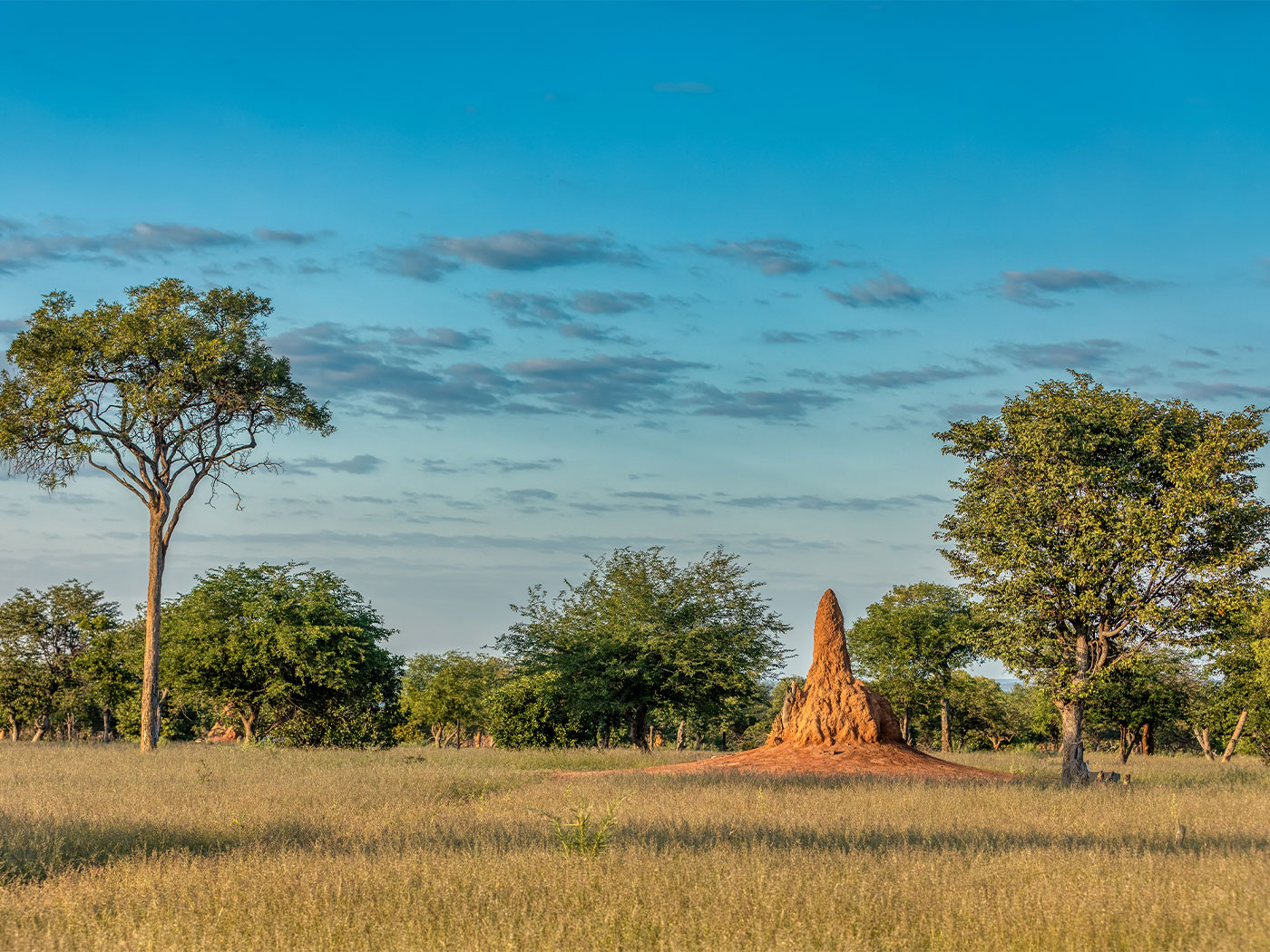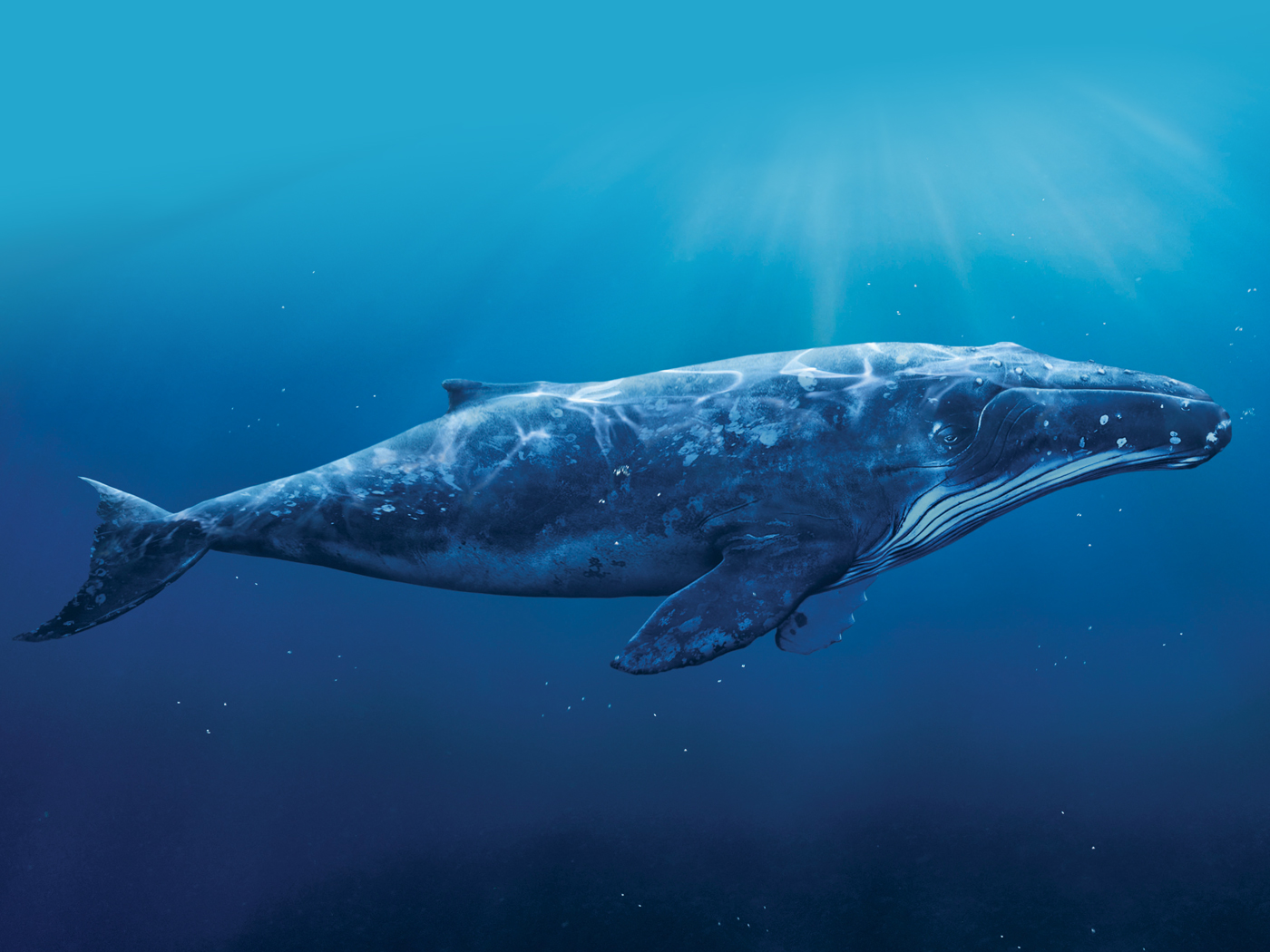“The Eye was rimmed with fire, but was itself glazed, yellow as a cat’s, watchful and intent, and the black slit of its pupil opened on a pit, a window into nothing,” J.R.R. Tolkien described the Eye of Sauron in The Lord of the Rings.8
A fellowship (team) of international researchers spent the last decade studying over 400 butterfly species. According to a Natural History Museum article, advances in DNA sequencing enables researchers to identify species by their genetic composition, instead of relying on purely physical traits. “We describe nine new genera to accommodate 38 described species,” stated in the original study, published in the Royal Entomological Society.4
Blanca Huertas, a co-author of the study, and senior curator of butterflies at the Natural History Museum in London discovered a new genus of butterflies. Huertas named the genus Saurona after the infamous Lord of the Rings’ antagonist, Sauron, due to the fiery orange coloring around the species’ ocelli (eyespots).1,4
According to the study, “Saurona gen. n. is confined to lowland rainforest in the south-western Amazon,” where they have identified two different species of Saurona gen. n., Saurona triangula and Saurona aurigera. They have a sexually monomorphic wing pattern. That means there is no difference between the pattern and coloring of the wings between male and females. However, the study stated female S. triangula are slightly paler. Saurona gen. n. is small for a butterfly. Its wingspan is about 3.5 centimeters wide from the top lateral edge of the forewings. “[They are] very colorful and pretty despite being tiny and rare,” Huertas told CNN. Huertas and the team of researchers believe there are many more species of Saurona gen. n. still to be discovered.3,4
According to Xerces Society for Invertebrate Conservation, five species of butterflies within the United States have gone extinct since 1950. Three-quarters of all butterfly species in the United Kingdom are also in decline. Scientists attribute habitat destruction and pesticides among the primary reasons for the butterfly’s plight.2
Butterflies play a critical role in ecosystems, as they are a primary pollinator of plants. Without sufficient pollination, the balance of ecosystems is jeopardized along with the production of food many animals within those ecosystems (including humans) rely on.
“Butterflies are in real trouble across the world today,” Huertas told the Guardian. She said giving pop-culture inspired names to creatures helps raise awareness for both the protection of creatures, as well as further research.6 The study stated they have yet to document immature stages of Saurona gen. n.. Their host plants also remain unknown at this time.4
Huertas and co-author Keith R. Willmott also discovered and named another genera of butterfly, Argentaria, which means “silver mine.” They gathered limited data on Argentaria and hope to present more information in a forthcoming paper.3,4
The researchers’ discoveries highlight the vastness of Earth’s biodiversity, as well as the complex ecosystems of different habitats. James J.S. Johnson, J.D., TH.D. wrote in an Acts & Facts article, “The countless variations that God designed and built into plants, animals, and microorganisms utterly exhaust the imaginations and observation capabilities of even most learned empirical scientists.”5 There are similar climates in the world, yet each ecosystem is uniquely designed, contradicting evolutionary predictions. Evolution assumes all life forms gradually branch off from a common ancestor to form a biotic community that by chance works harmoniously together like one big happy family. But the biotic communities observed in nature actually corroborate the Bible’s account of biodiversity. Each living organism is like a puzzle piece that is needed to complete the picture, which shows the beautiful and purposeful design of our Creator.
References
- Ashworth, James. "New Group of Butterflies Named after Lord of the Rings Villain Sauron." Natural History Museum. Posted on nhm.ac.uk May 7, 2023, accessed May 23, 2023.
- "Butterfly Conservation." Xerces Society for Invertebrate Conservation. Posted on xerces.org accessed May 23, 2023.
- Corp, Rob. "Butterfly Species Named after Lord of the Rings Villain Sauron." BBC. Posted on BBC.com May 7, 2023, accessed May 23, 2023.
- Espeland, Marianne , Shinichi Nakahara, Thamara Zacca, Eduardo P. Barbosa, Blanca Huertas, Mario A. Marín, Gerardo Lamas et al. "Combining Target Enrichment and Sanger Sequencing Data to Clarify the Systematics of the Diverse Neotropical Butterfly Subtribe Euptychiina (Nymphalidae, Satyrinae)." Royal Entomological Society, (2023). Accessed May 23, 2023.
- Johnson, James J. J.D., TH.D. Valuing God's Variety. Acts & Facts. Posted on ICR.org August 31, 2012, accessed May 23, 2023.
- McKie, Robin. "‘Rimmed with Fire’: Rare Butterfly Genus Named after Sauron in Lord of the Rings." The Guardian. Posted on theguardian.com May 7, 2023, accessed May 23, 2023.
- Rogers, Kristen . "A New Group of Butterflies Has Been Named after the ‘Lord of the Rings’ Villain." CNN, Posted on cnn.com May 12, 2023, accessed May 23, 2023.
- Tolkien, J. R. R. 1991. The Lord of the Rings. London, England: HarperCollins.















